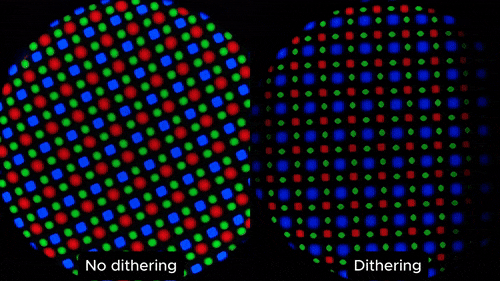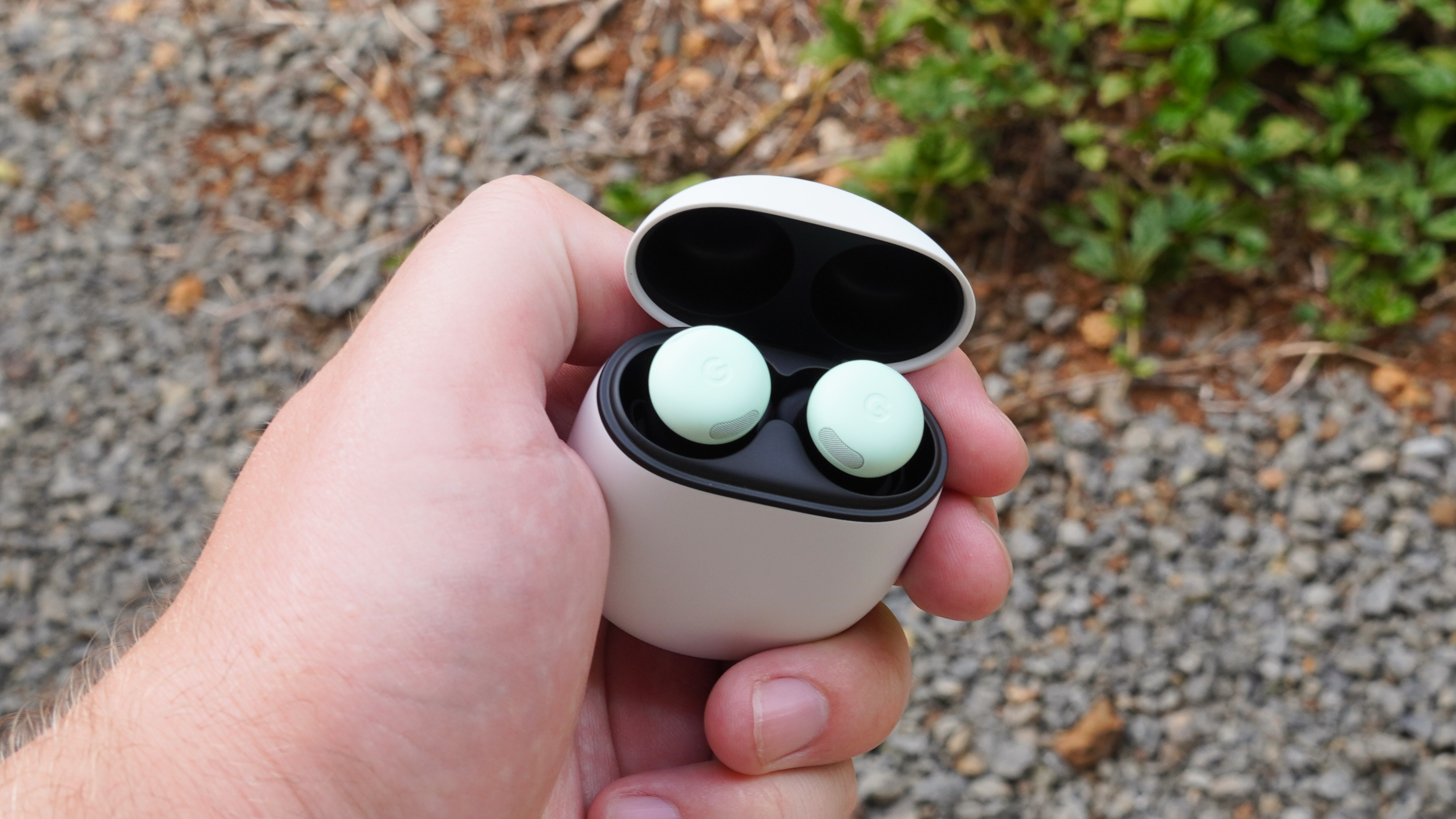Android users have had just about enough of temporal dithering
A new AOSP bug report got dozens of backers in just days, highlighting a problem that's been growing under our noses this whole time.
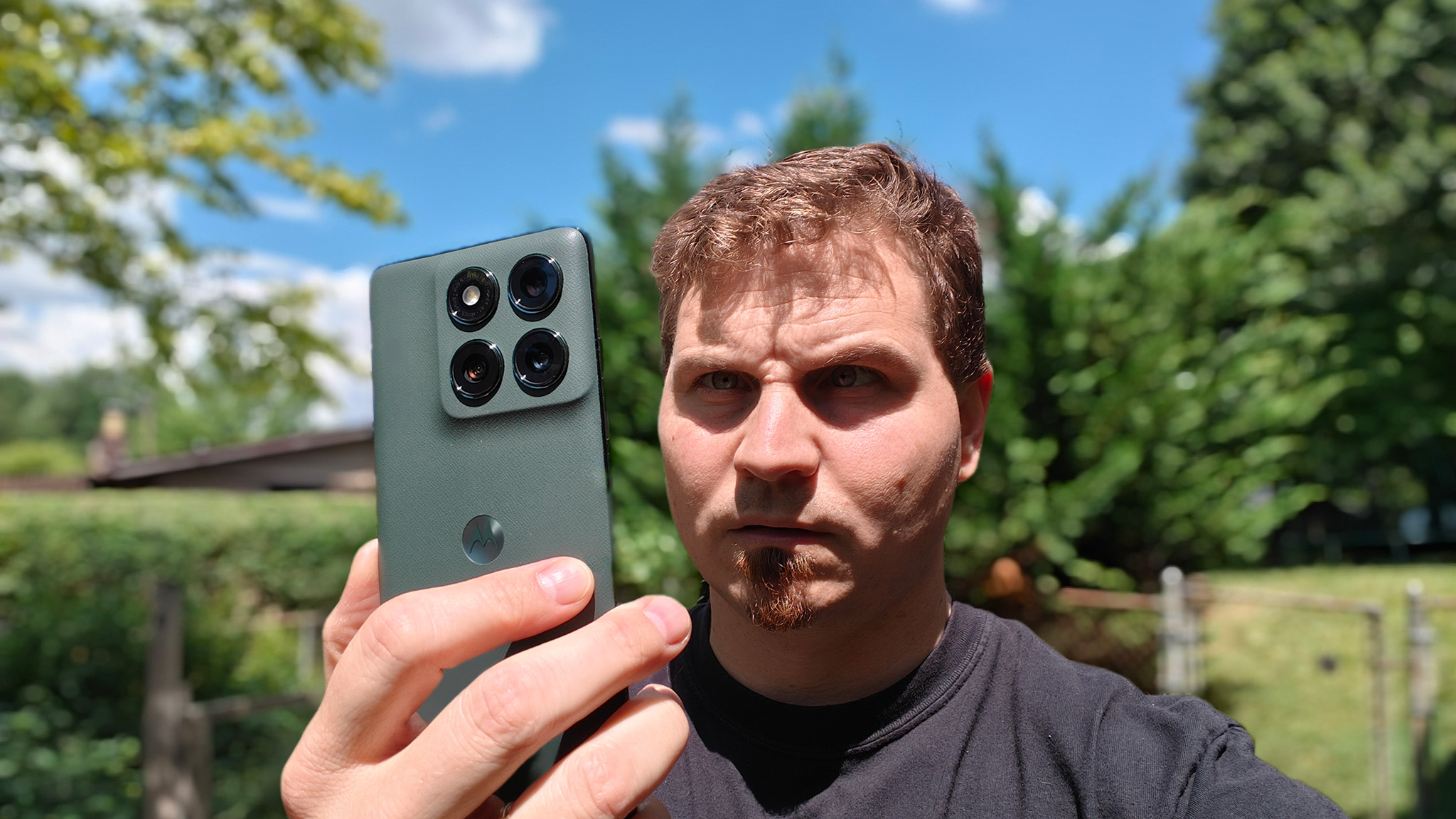
Over the past few years, something hidden has been happening to the millions of pixels that make up our displays. Once created to solve a problem, temporal dithering has created its own monster of a problem that's slowly infecting new and old devices alike, rendering them unusable to a portion of the population, and Android users have had enough.

Android Central Labs is a weekly column devoted to deep dives, experiments, and a focused look into the tech you use. It covers phones, tablets, and everything in between.
On July 9, an official bug report was filed to Google's Android issue tracker system, outlining the ways that system-wide temporal dithering was negatively affecting users. The symptoms sound an awful lot like an article I wrote over two years ago about how the flickering effects of PWM dimming were causing me headaches and making me nauseous.
However, unlike PWM dimming, temporal dithering can be introduced to a phone after purchase, sometimes years later. Apple's iPhones are among the worst offenders of this tactic, forcing users to find ways to "downgrade" the iOS version to an older one (often iOS 17) or face debilitating issues.
Plenty of Android phones are at fault too, and while Android users have a far wider range of choice than Apple provides, the list of phones that are both certified flicker-free and the ones that don't use temporal dithering has dwindled to near-zero. Now, it's time for Google to put in the work for new accessibility options to help an entire swath of users from having to put down smartphones altogether.
What is temporal dithering?
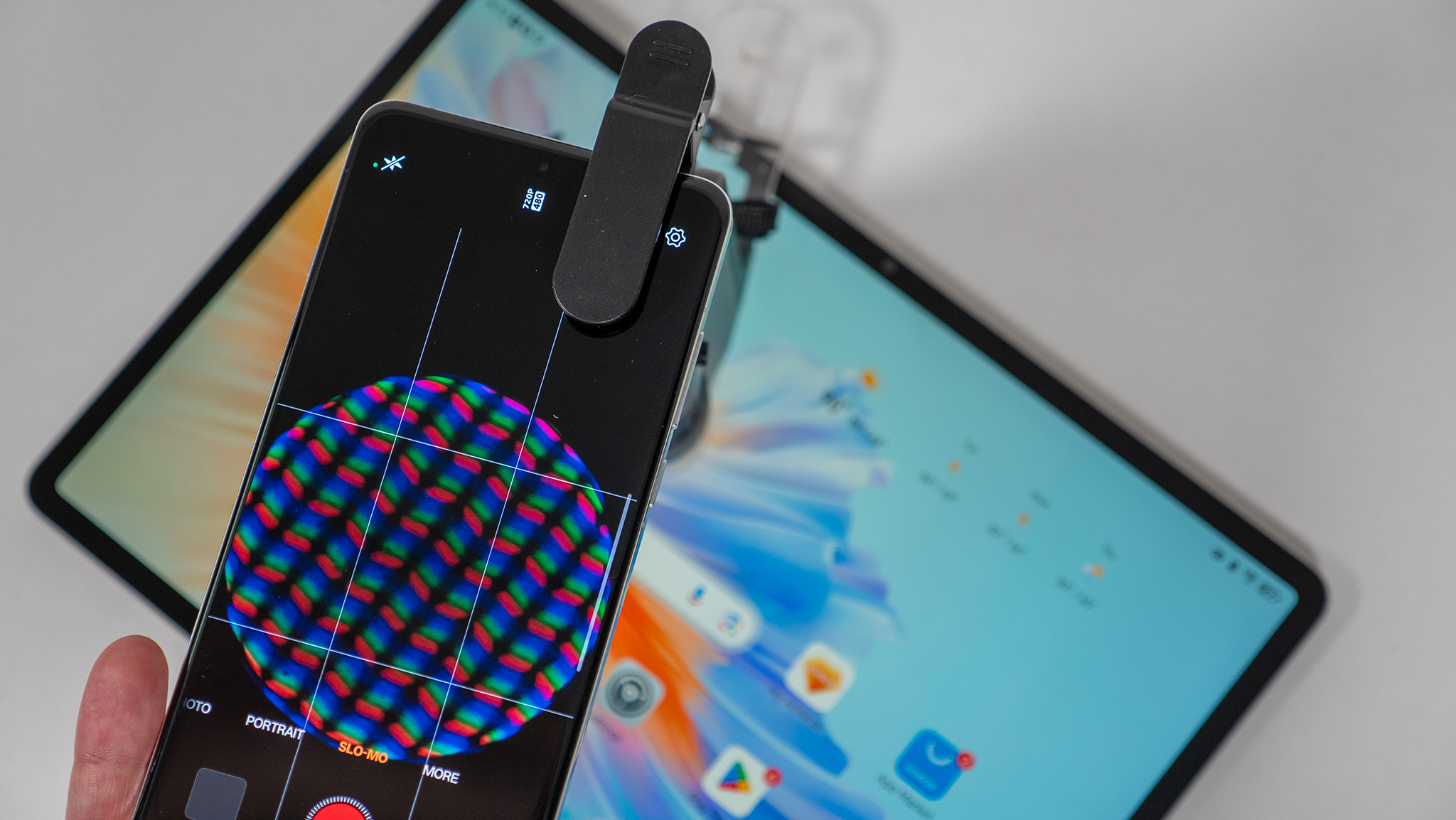
Displays are usually made up of millions of pixels, all individually displaying colors that make up the images we see on our phones. To make these colors, pixels adjust the hue each of their red, green, or blue colored subpixels. Think of it a bit like when Bob Ross dips his paintbrush into a crimson red, then an azure blue to make some kind of lovely purple for a mountainscape.
But temporal dithering, also known as FRC or Frame Rate Control, is different. Instead of just showing a solid set of colors to create one color, temporal dithering flashes subpixels back and forth between colors to create a color that doesn't exist. Your eye sees this "new" color because that's how the human eye works. Flash something fast enough in front of one, and it starts seeing a solid or moving image instead of a series of flashing images.
It's a clever engineering trick that saves companies R&D dollars, allowing them to use cheaper panels and still get away with saying their phones or displays show "billions of colors," even if they technically can't. But of course, just as is the case with PWM dimming, displaying a flashing light or color to some people will cause them to get headaches, nausea, or, at worst, a seizure.
Get the latest news from Android Central, your trusted companion in the world of Android
Avoiding it is nearly impossible
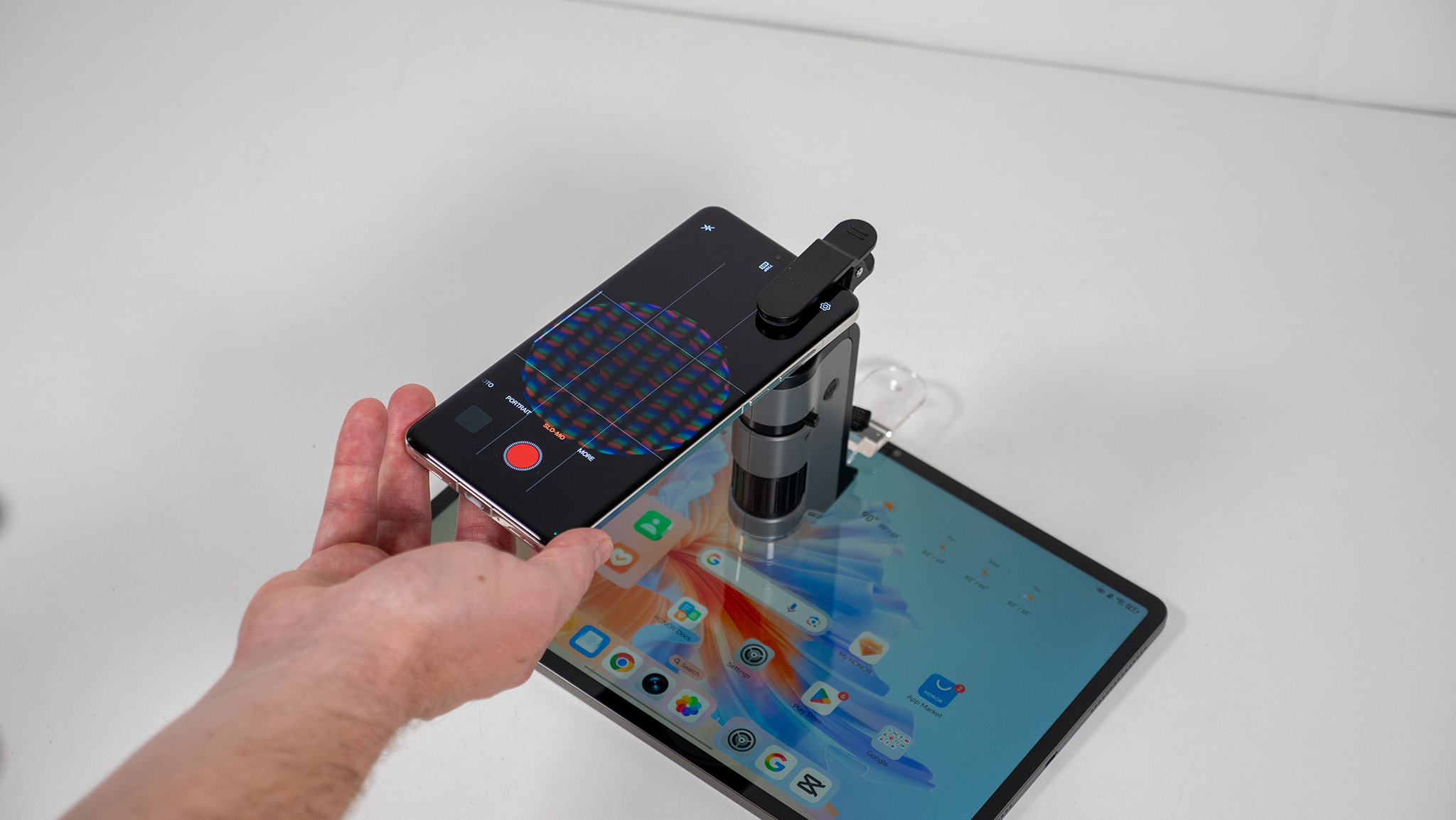
People sensitive to temporal dithering have a much harder time finding suitable devices for three main reasons. First, while some monitor companies readily list FRC on spec sheets, smartphone companies do not.
That means the only way to know if a phone or tablet uses dithering is by either experiencing symptoms or finding a review that dives deep into the display. I try to include these numbers on any review I publish, but I'm just one person, and there are far too many devices for me to be able to test on my own.
Aside from finding the existence of flickering itself, there's no published rate at which these pixels flicker. At least with PWM dimming, most manufacturers now advertise the existence of PWM dimming and the dimming rate. Phones from brands like Samsung Galaxy and Google Pixel run at a very slow 240-480Hz rate, while other brands like OnePlus and Honor push that number up to between 2160Hz and 4320Hz. The faster, the better for humans.

No one knows how fast pixels flash when temporal dithering is used, outside of the engineering teams that create the algorithms, of course. Because of this, there's no way to know which phones have a "safe" level of flickering and which are bad for you. All we know is that when phones employ temporal dithering, some users experience real pain and cannot use those phones.
Lastly, there's no specific color, app, or even activity on the phone that could trigger temporal dithering to activate. Some companies use temporal dithering around the edge of text to make it smoother or more "readable," while other companies may use it to enhance animations and make them more attractive looking. It's a total mixed bag, and it makes figuring out the right phone an extraordinarily difficult process if you're sensitive to it!
If you want to test for yourself, I recommend this $20 smartphone microscope from Amazon. Find a phone that can do at least 240FPS slow motion video capture — I prefer the OnePlus 12 or OnePlus 13 because both phones can capture 480FPS slow motion — and run the microscope over different parts of the screen.
I often test around the edges of text, on different icons on the home screen, and on both a rainbow gradient and a grayscale gradient. If you see pixels "dancing" between colors, it's likely your display dithers. Check out the GIF above to see what it might look like, as an example.
The subpixels on the right side are flashing between two colors constantly, while the display on the left is displaying solid colors. This was captured on what looks to my eyes like a solid color, so this movement isn't the result of an animation on screen.
What's the solution?
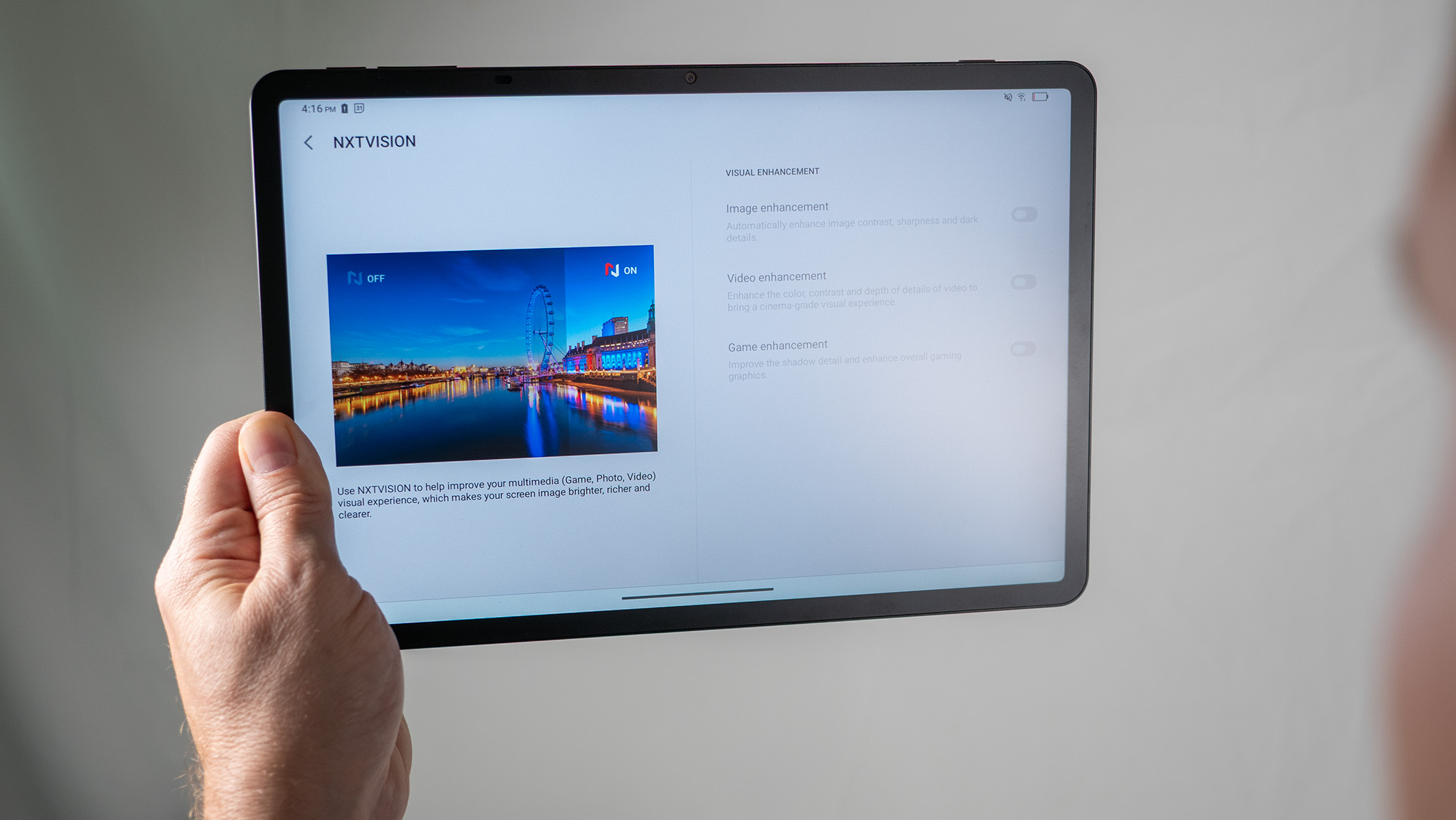
The most immediate thing you can do right now is hop over to the AOSP issue tracker and click the +1 on the temporal dithering issue. If you're affected, share your story in the comments and officially put your name on the tracker. It's like signing a petition, but with a lot more weight behind it. This tells Android engineers that this issue needs to be prioritized in future Android updates. Otherwise, they have no idea there's a problem!
Now, on to the companies that make the smartphones. Since 10-bit color has become the new industry standard for display excellence, companies need to use 10-bit displays whenever possible. An 8-bit screen can display 256 different shades of red, green, or blue in its subpixels, while a 10-bit screen ramps this up to a possible 1024 hues per subpixel.
In general, only OLED can properly display 10-bit color without any sort of dithering nonsense. If you see an LCD that claims it's 10-bit, the manufacturer is likely being misleading. Even many 8-bit LCDs use 6-bit panels and employ FRC/dithering to achieve an 8-bit or 10-bit color palette.
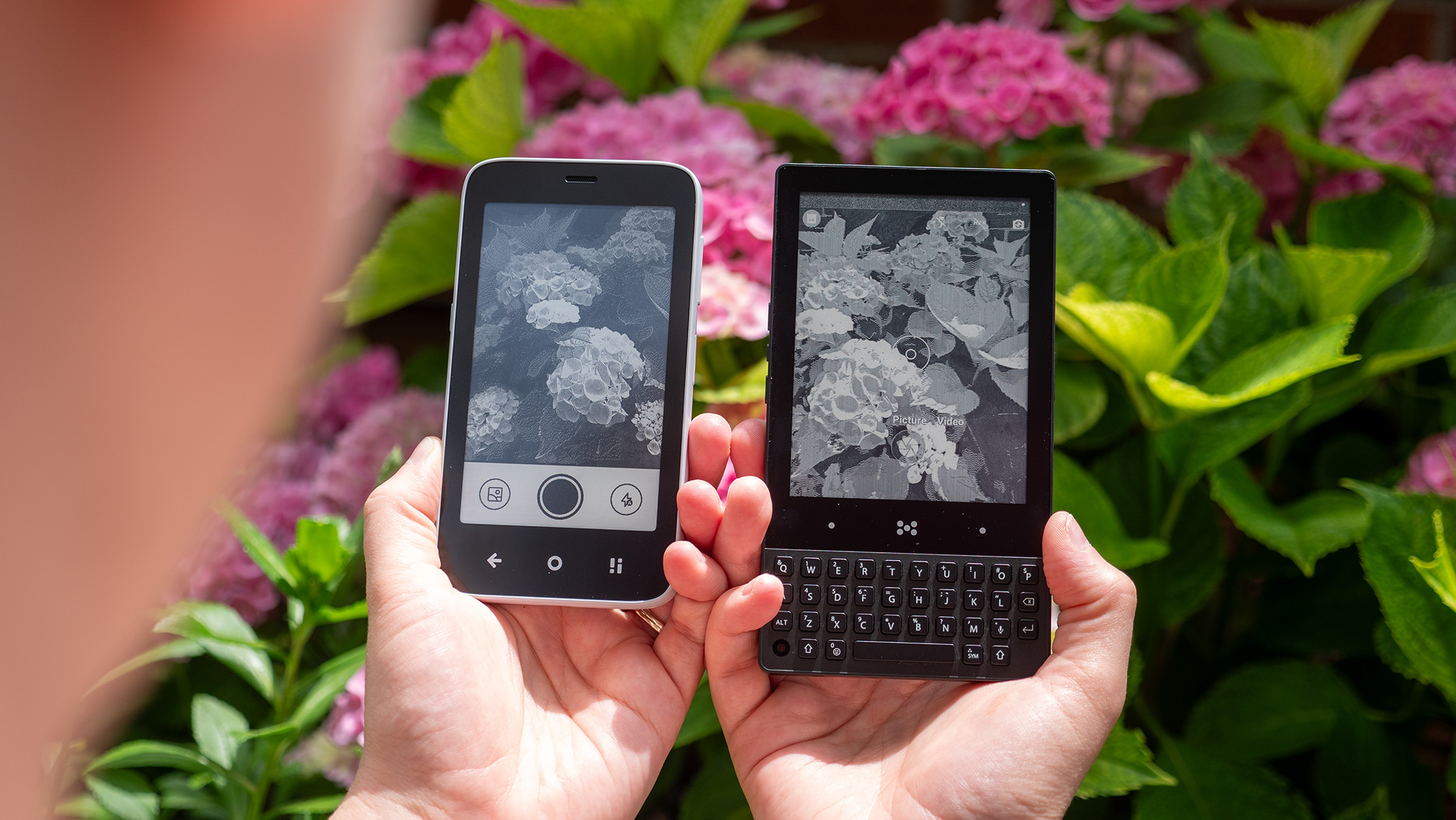
The problem with OLED is that it cannot be fully DC-dimmed like a traditional lightbulb. There is no such thing as a completely flicker-free OLED. It's impossible. Instead, there are "safe ranges" that exist for most users, but a subset of users will never be able to use OLED because of this problem.
Those folks need an accessibility option that allows them to disable dithering or FRC completely. Otherwise, the only safe options are E Ink phones, and all of those have some sort of significant limitations for modern workflows or usages. I recently wrote about how TCL has removed temporal dithering on its latest NXTPAPER 4.0 tablets when using specific settings, and we need to see other manufacturers start doing the same.
This is particularly important for LCDs, as users who are the most sensitive to flicker either have to choose between an LCD or an E Ink device. Introducing something like FRC/dithering to an LCD completely defeats the point of these displays as a safe medium, and both hardware manufacturers and OS developers like Google need to implement ways of turning this off completely.
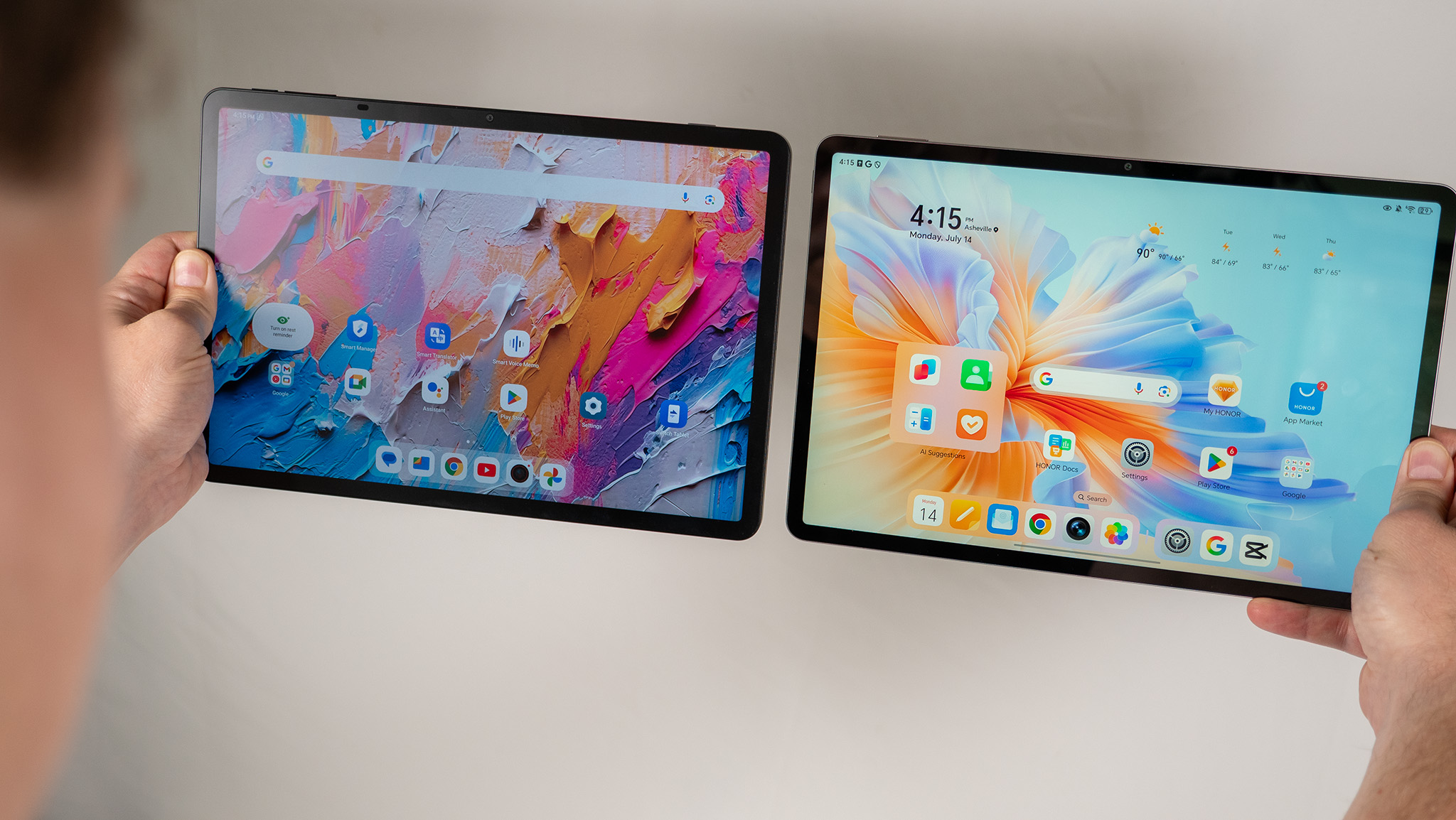
The aforementioned Android bug report has already been assigned to an engineer and tagged as a "feature request" in hopes of getting a new accessibility option for affected users. Google has had accessibility options in place for color blind users for years, which statistically make up less than 4% of the world's population. We don't know the number of people negatively affected by color dithering, but we know that people who are affected by it cannot use any phone with it at all.
This is an important differentiator between some accessibility options, which are made simply for comfort or convenience reasons, and the one we're asking Google to make. Without this new option, an entire subset of users may be unable to use any Android phones at all, especially as support for older phones ends.
Android is, by far, the world's largest operating system, and that statistic isn't changing anytime soon. Now that we know Google is combining ChromeOS and Android, that number is only going to get higher. Now is the time to act, Google. I know you can do it, and now that you know it's a problem, I hope it's only a matter of time before we get a fix.
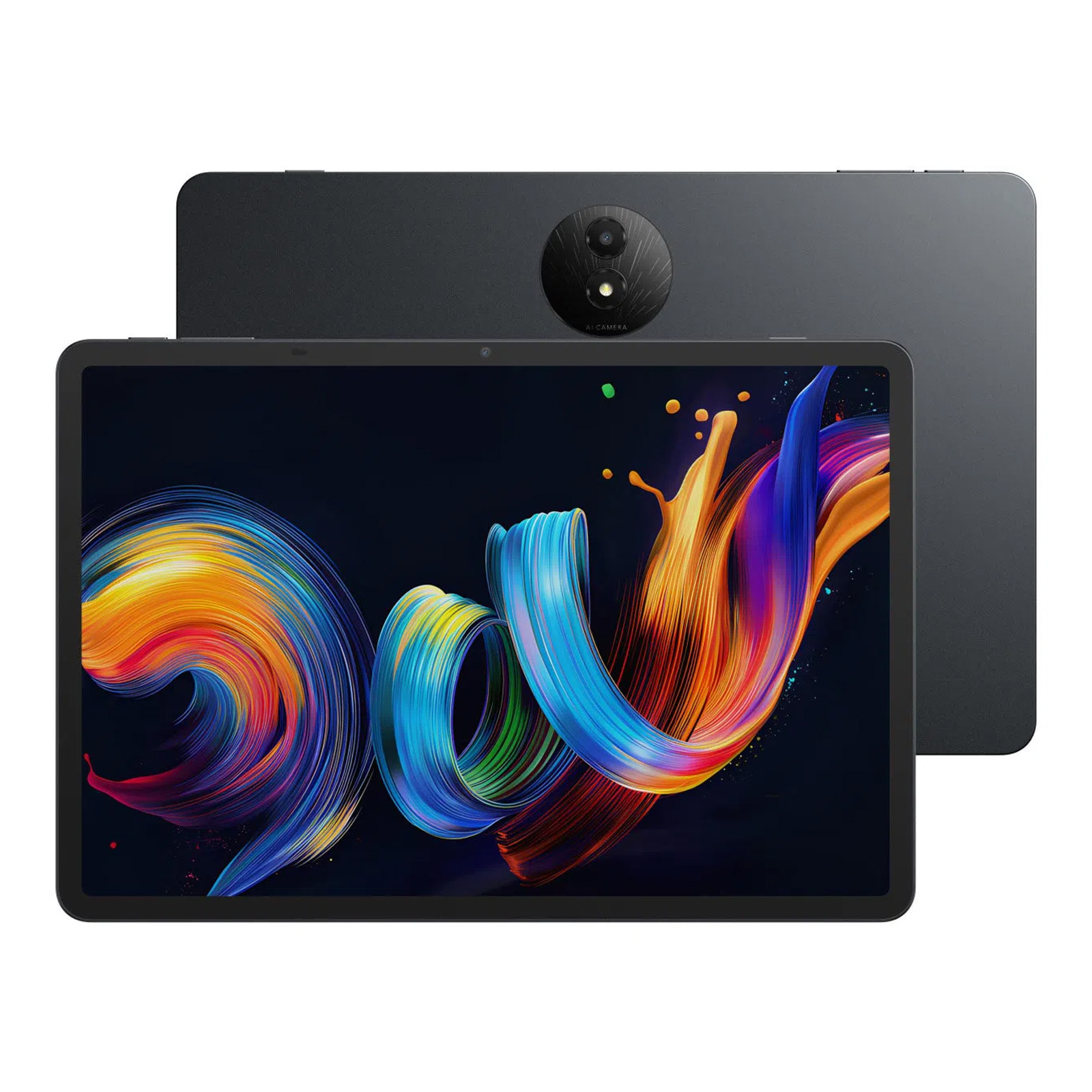
TCL's latest tablet employs NXTPAPER 4.0, the newest evolution in TCL's unique ePaper display that features even better eye comfort modes than previous generations. That, combined with a great price and huge battery make this a wonderful tablet for reading as late as you want into the night.

You must confirm your public display name before commenting
Please logout and then login again, you will then be prompted to enter your display name.
